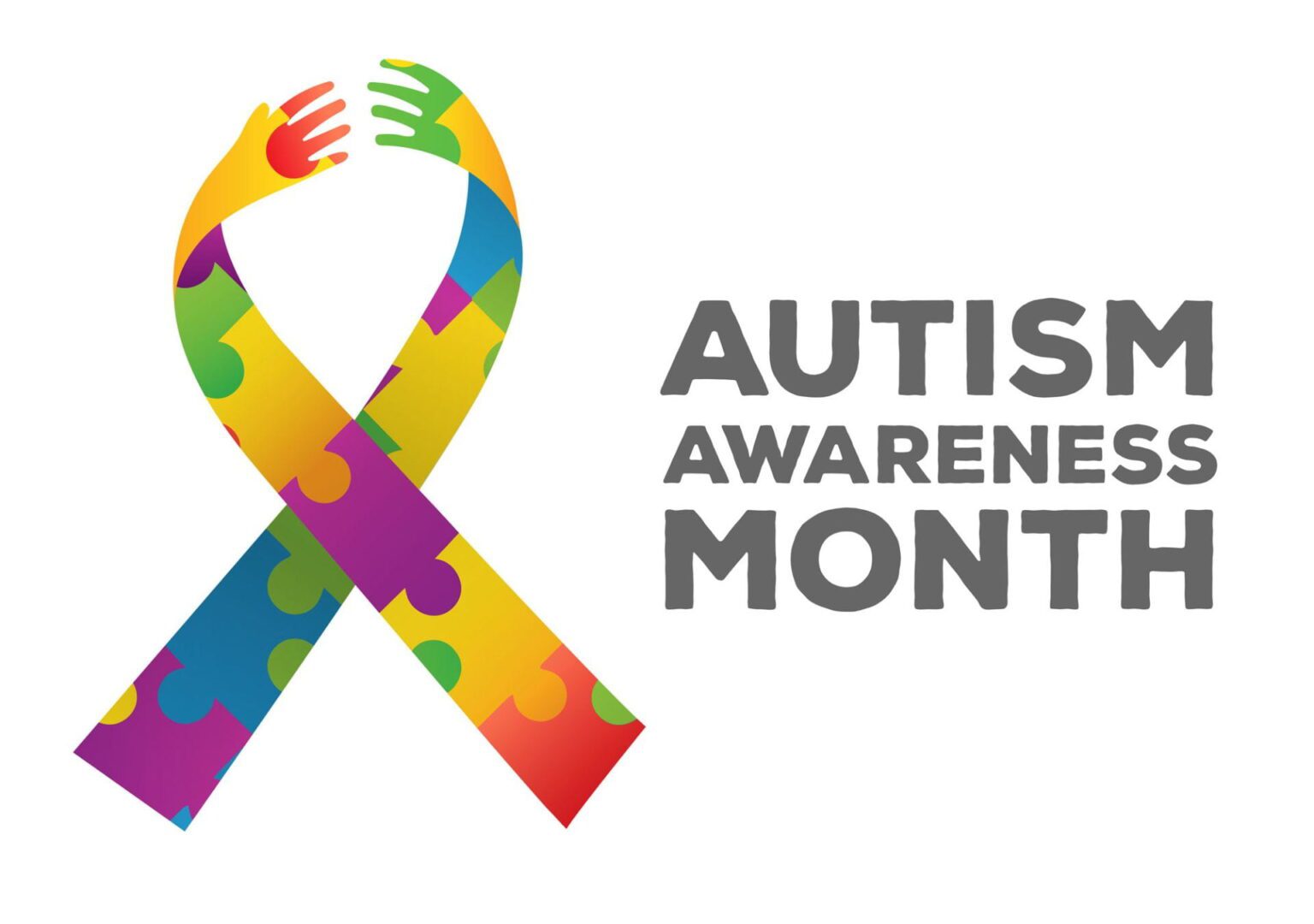Search by Color or Cause


National Autism Awareness Month is observed in April. This awareness month represents an excellent opportunity to promote autism awareness and autism acceptance. In addition, it’s a good time to draw attention to the tens of thousands facing an autism diagnosis each year.
The autism awareness puzzle ribbon pin is the most recognized symbol of the autism community in the world. Show your support for people with autism by wearing the autism awareness puzzle ribbon. Further, educate people on the potential of people with autism!
Autism is a neurodevelopmental disorder characterized by:
Because autism is a spectrum disorder, it can range from very mild to very severe and occur in all ethnic, socioeconomic and age groups. In addition, males are four times more likely to have autism than females. Further, some children with autism appear normal before age 1 or 2 and then suddenly “regress” and lose language or social skills they had previously gained. This, for instance, is called the regressive type of autism.
A person with ASD might, for example:
The American Academy of Pediatrics (AAP) recommends that all children receive autism-specific screening at 18 and 24 months of age, in addition to broad developmental screening at 9, 18, and 24 months. The M-CHAT-R/F, one of the AAP recommended tools, can be administered at these well-child visits.
If you and your physician agree that further screening is needed, you can request a free developmental assessment through your State Department of Health.
For more information on M-CHAT-R, visit http://m-chat.org.
Developmental screening is a short test to tell if children are learning basic skills when they should, or if they might have delays. During developmental screening, the doctor might ask the parent some questions or talk and play with the child during an exam to see how she learns, speaks, behaves, and moves. For example, a delay in any of these areas could be a sign of a problem.
Additional screening might be needed if a child is at high risk for developmental delays due to preterm birth, low birth weight, having a sibling with ASD or if behaviors associated with ASDs are present.
The second step of diagnosis is a comprehensive evaluation. In addition, this thorough review may include looking at the child’s behavior and development and interviewing the parents. It may also include a hearing and vision screening, genetic testing, neurological testing, and other medical testing.
In some cases, the primary care doctor might choose to refer the child and family to a specialist for further assessment and diagnosis. Specialists who can do this type of evaluation include:
Source: http://www.cdc.gov/ncbddd/autism/screening.html